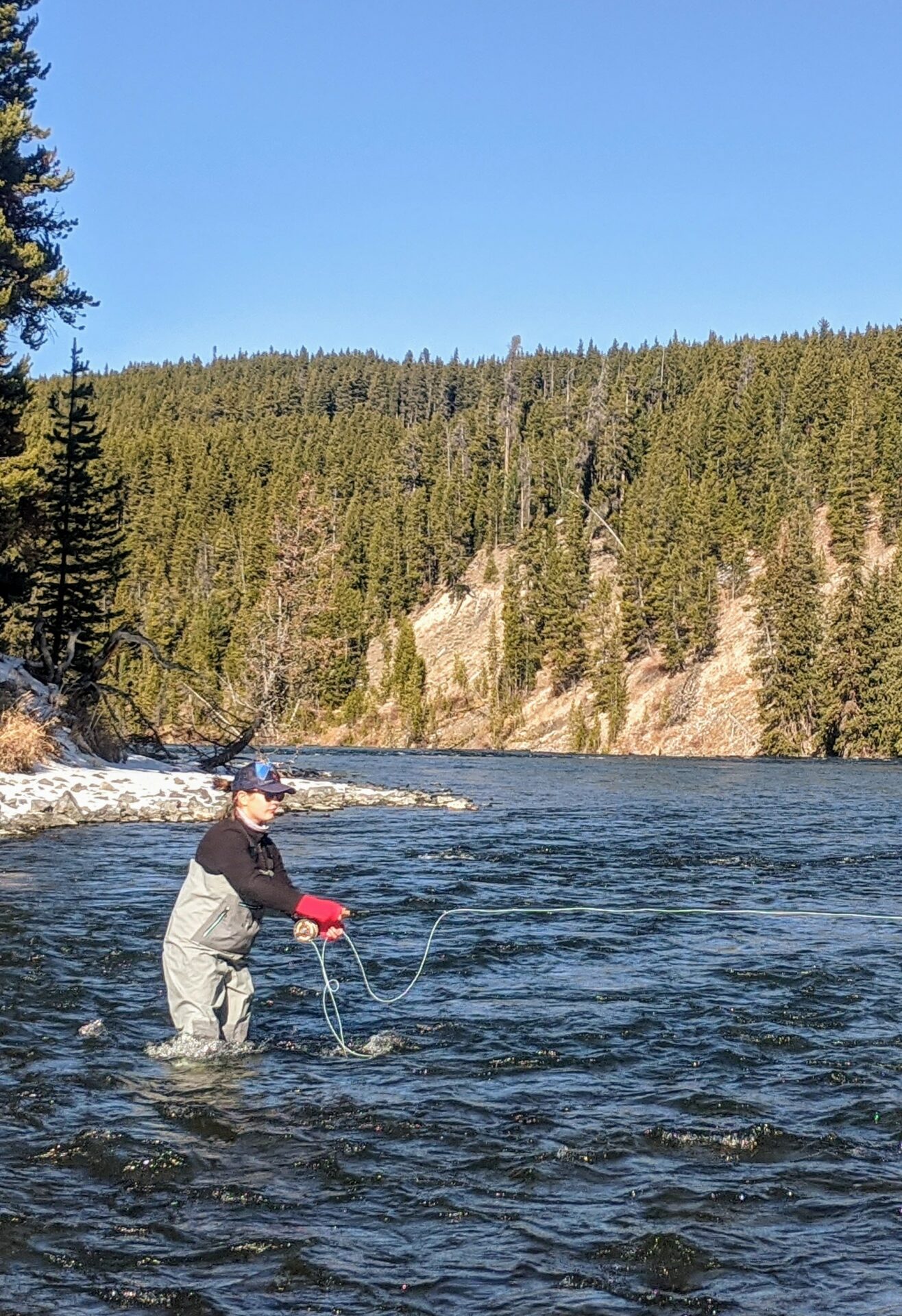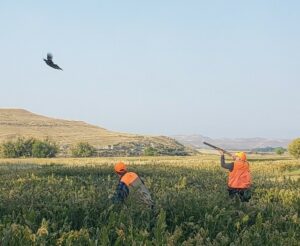When a fly angler chooses what to wear on the water, they must consider their options carefully. Weather and water conditions, as well as personal comfort preferences. Are the most important factors to take into account when choosing fly fishing waders, boots, and base layers. So what are the options available to fly anglers today?
Breathable and Non-breathable Waders
The whole point of waders is to keep you dry. While you are partially submerged in water. For that reason, the idea of “breathable” waders may seem like a bad idea. However, breathable waders are indeed waterproof. They are constructed from nylon-based materials and include a membrane that is breathable. This means that, while waterproof, they still allow moisture and heat to escape. Breathable waders are ideal for warmer weather conditions but work great in the cold if you have properly insulated base layers.
Non-breathable waders are a superior choice for cold weather use. They are typically heavier and retain all moisture and heat. Avoid using non-breathable waders in warm weather. As they will likely result in excess sweat and potential overheating. These waders are frequently chosen by Steelheaders or waterfowlers who venture out in the coldest conditions.
Boot Foot and Stocking Foot Waders
Boot foot waders include wading boots affixed to the legs. Once you slide into boot foot waders, there is no need to add any additional footwear. Using these waders is one way to reduce the total number of items you need to pack. And put on before heading out to fish.
Stockingfoot waders feature neoprene stockings (also known as “booties”) at the bottom. These booties are waterproof and designed to fit into a boot.
The majority of fly anglers prefer stocking foot waders so they can choose their own wading boots. These are boots manufactured for use along with stocking foot waders. If wader boots suffer damage or wear, they are easily replaceable. Reputable brands that produce wading boots include Simms, Orvis, Redington, and Patagonia.



